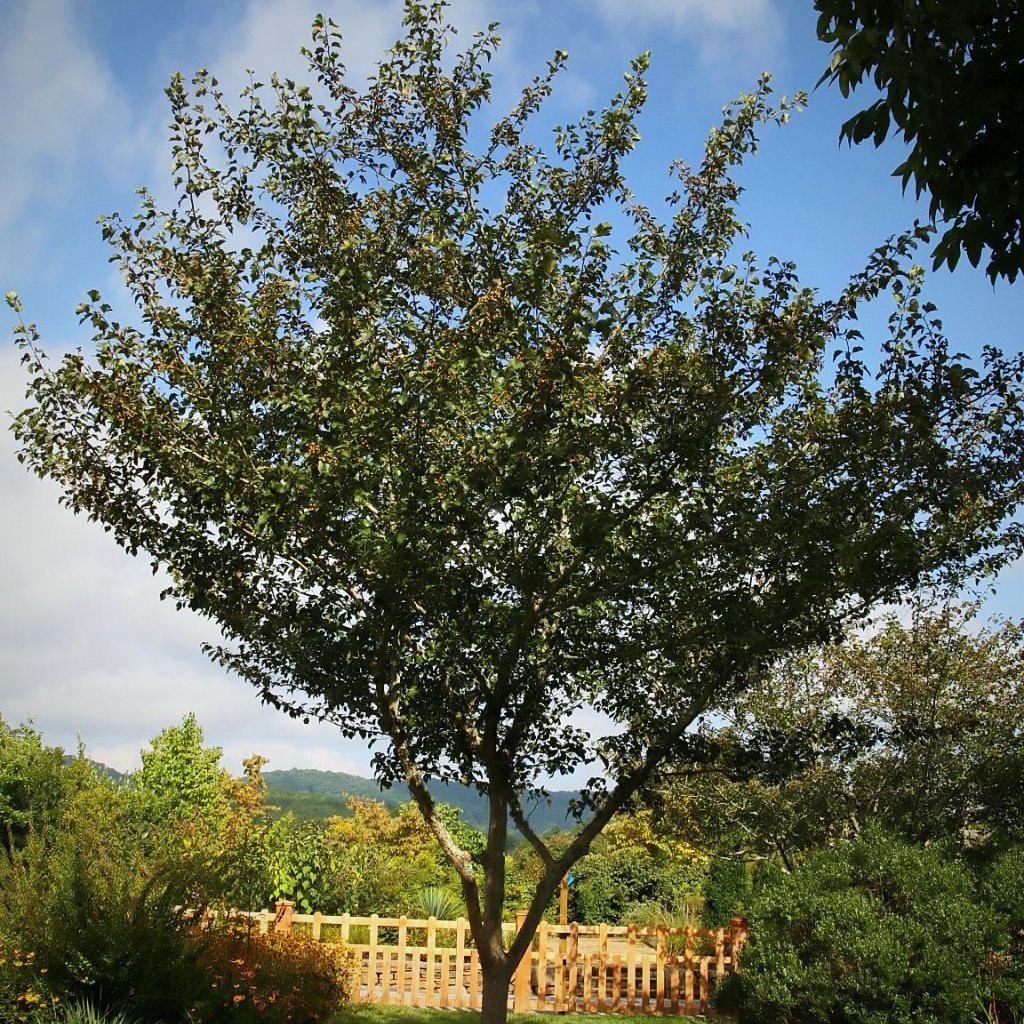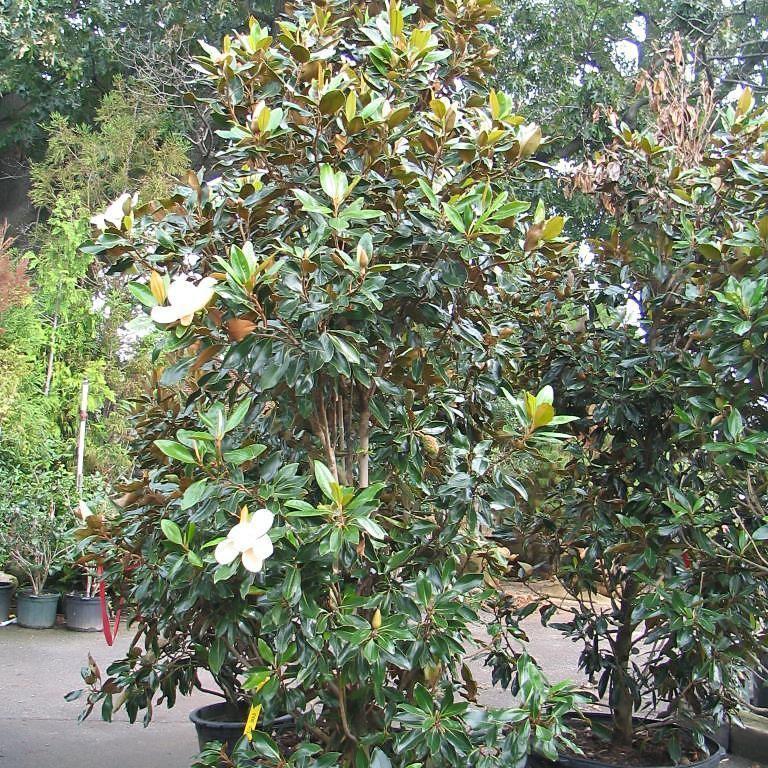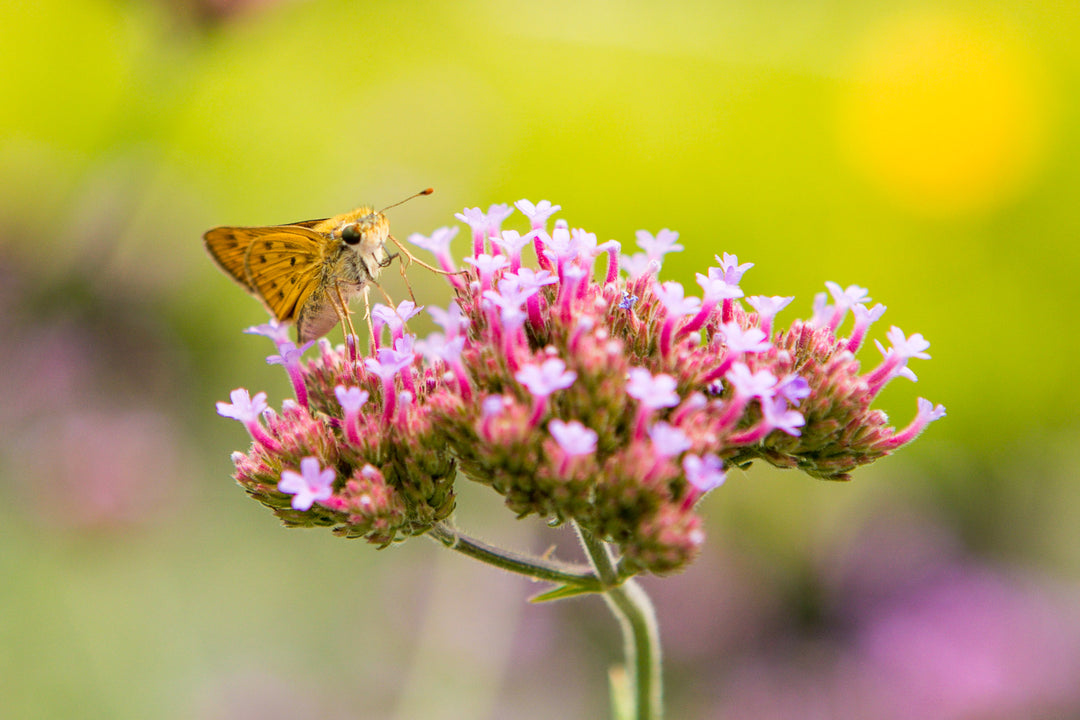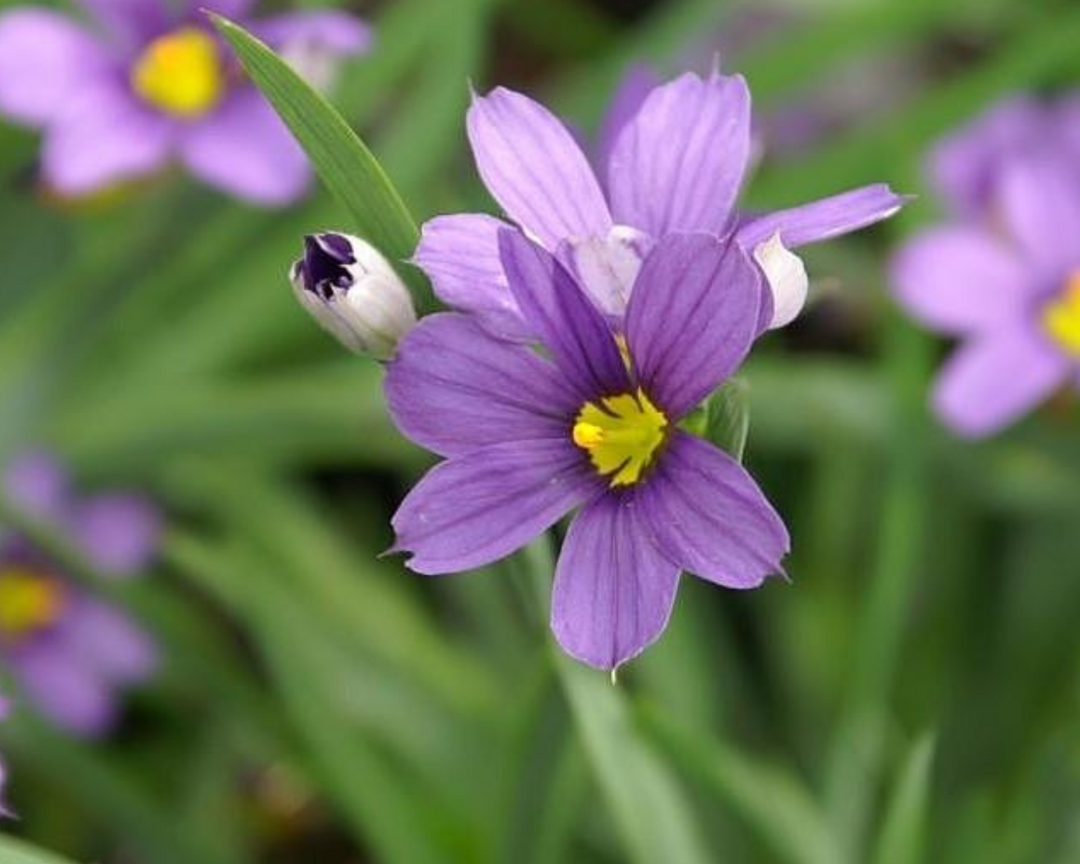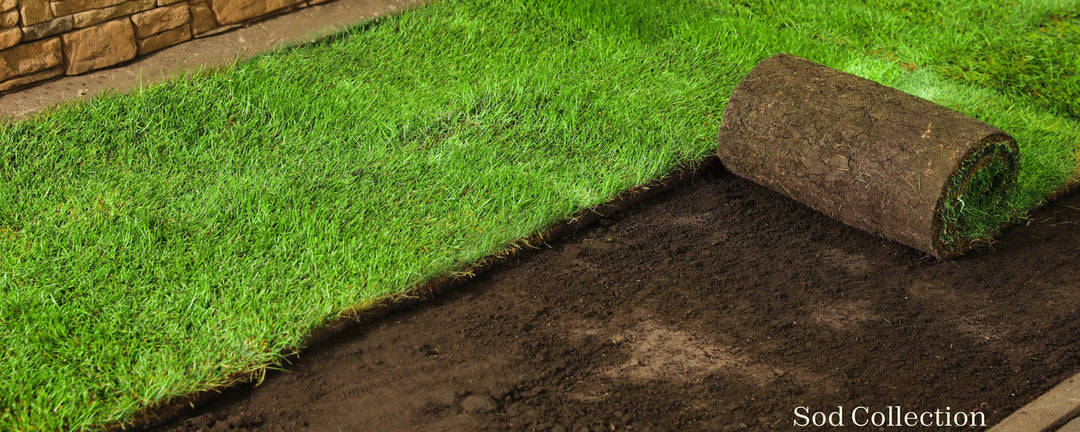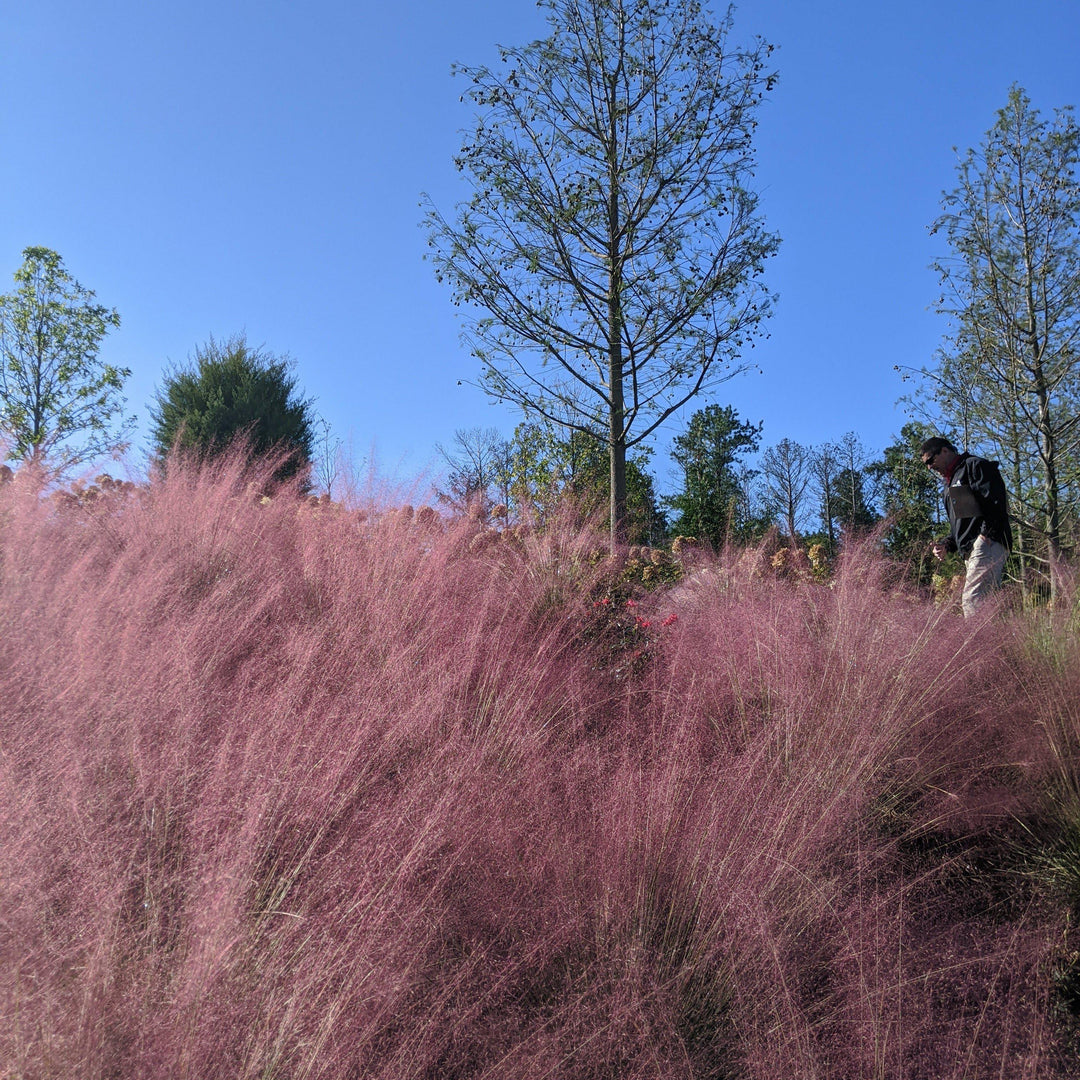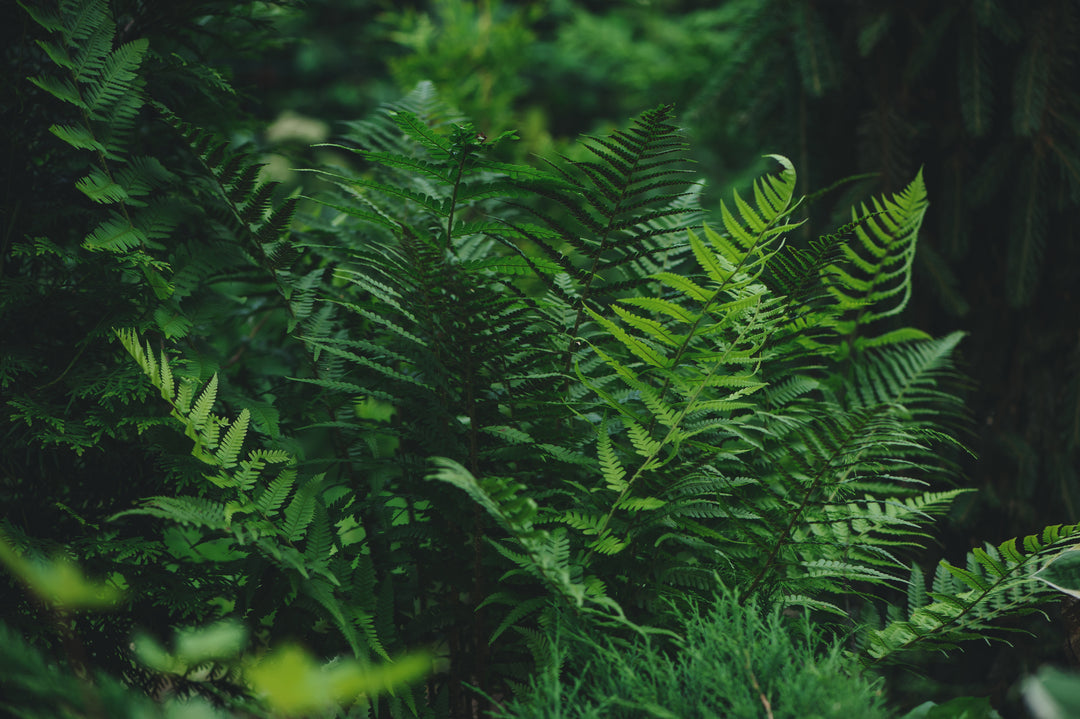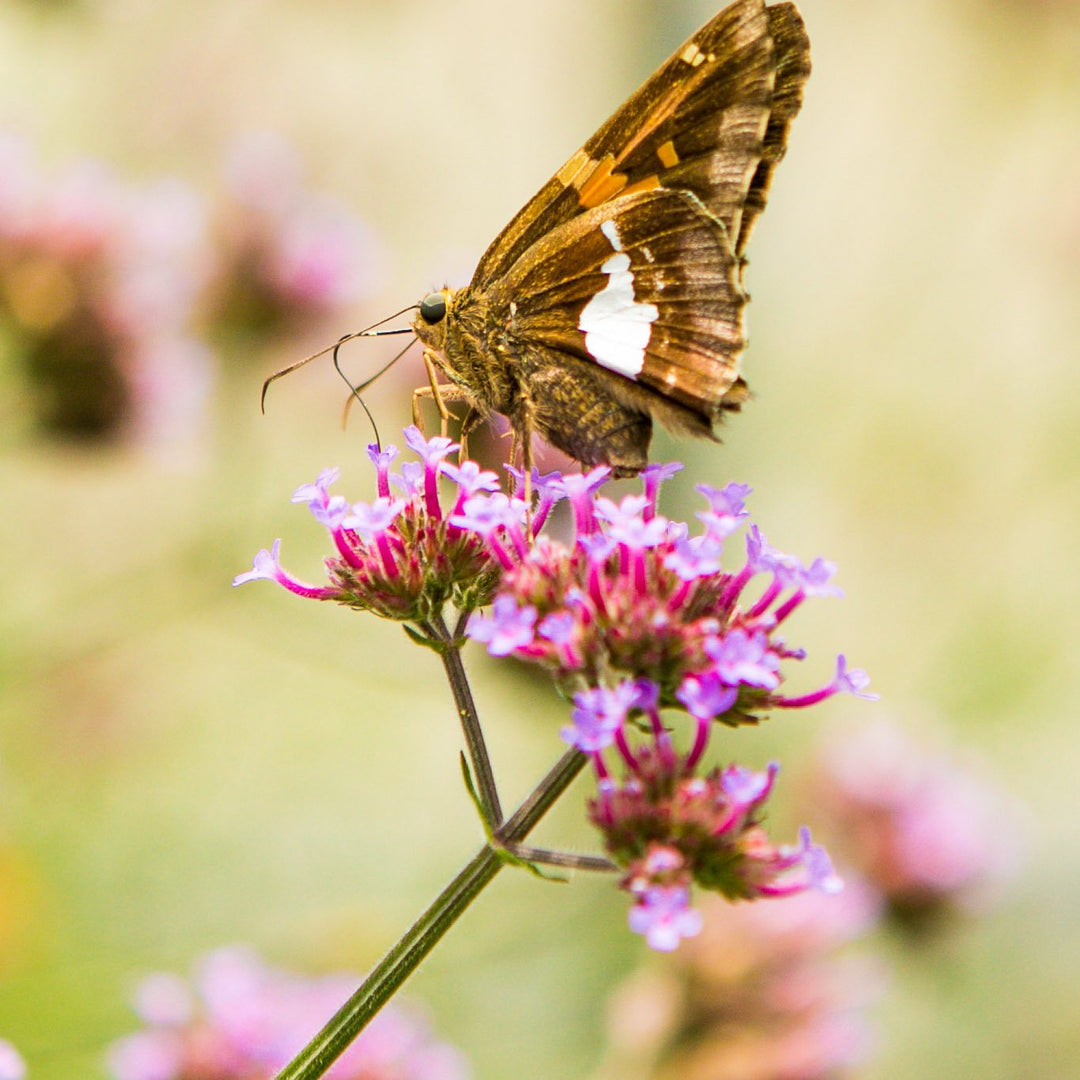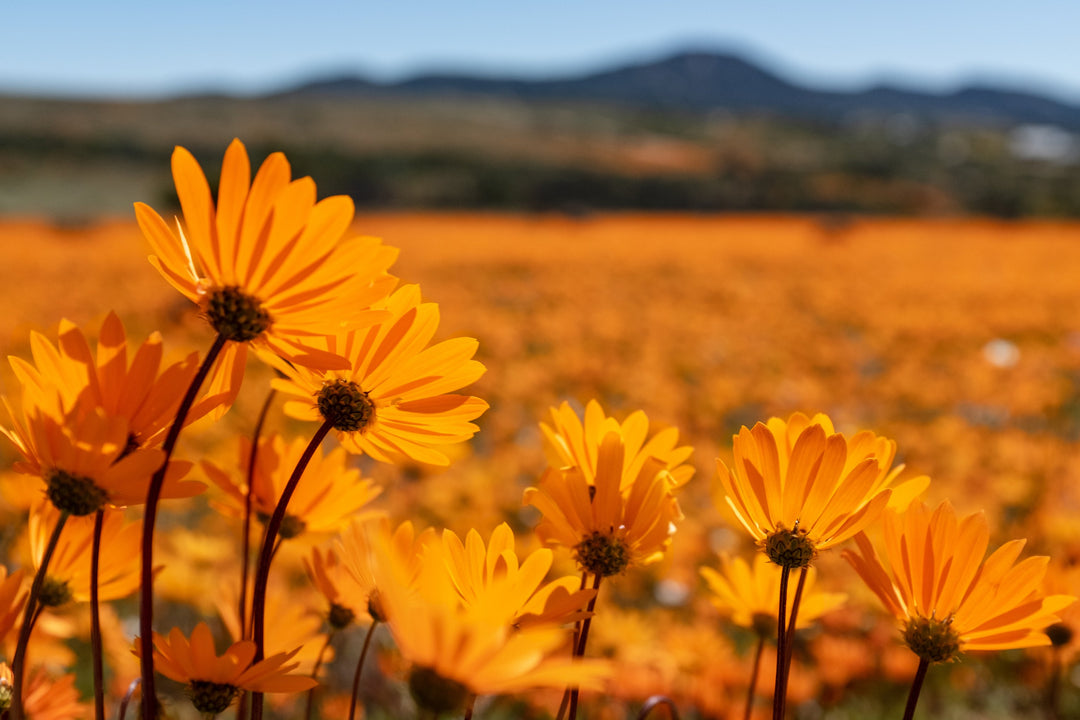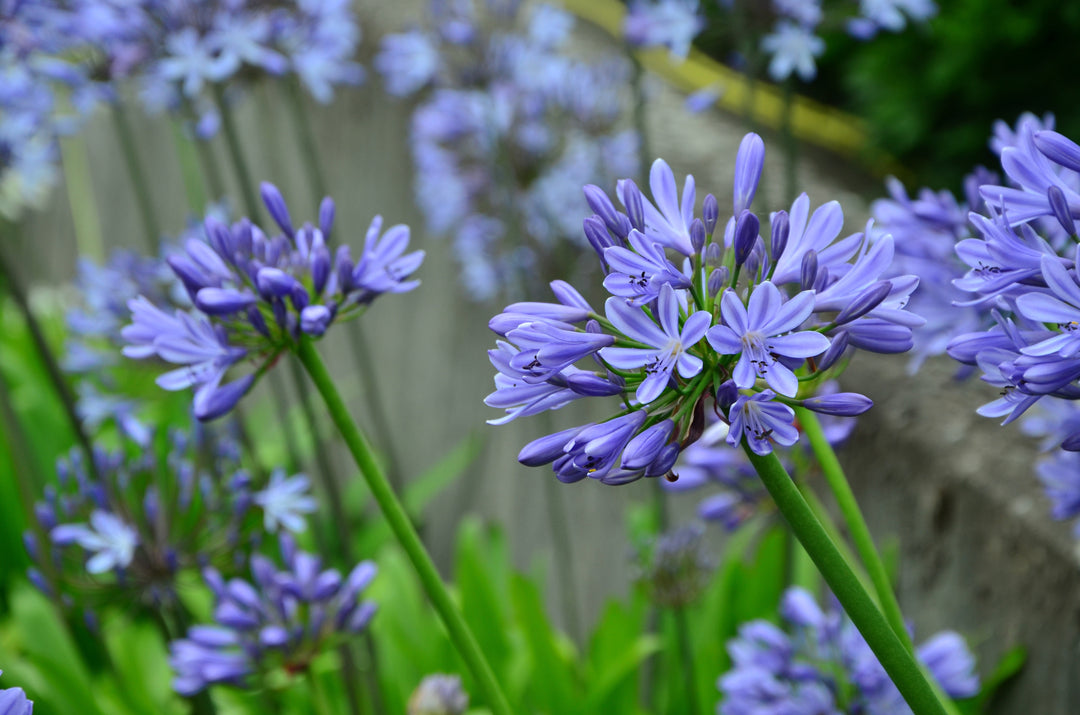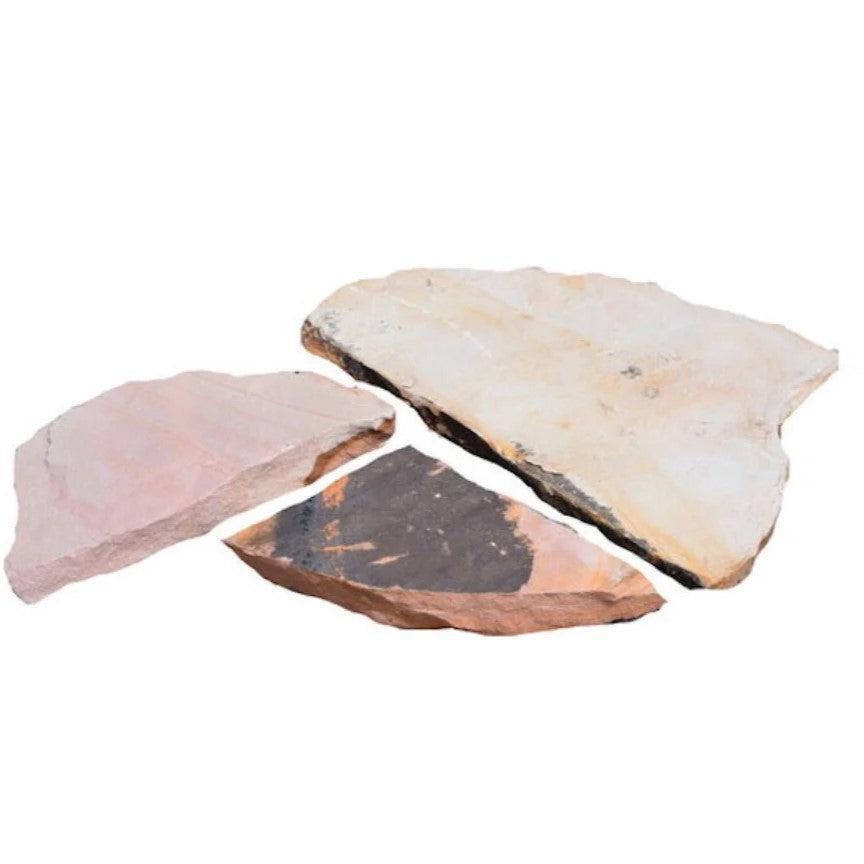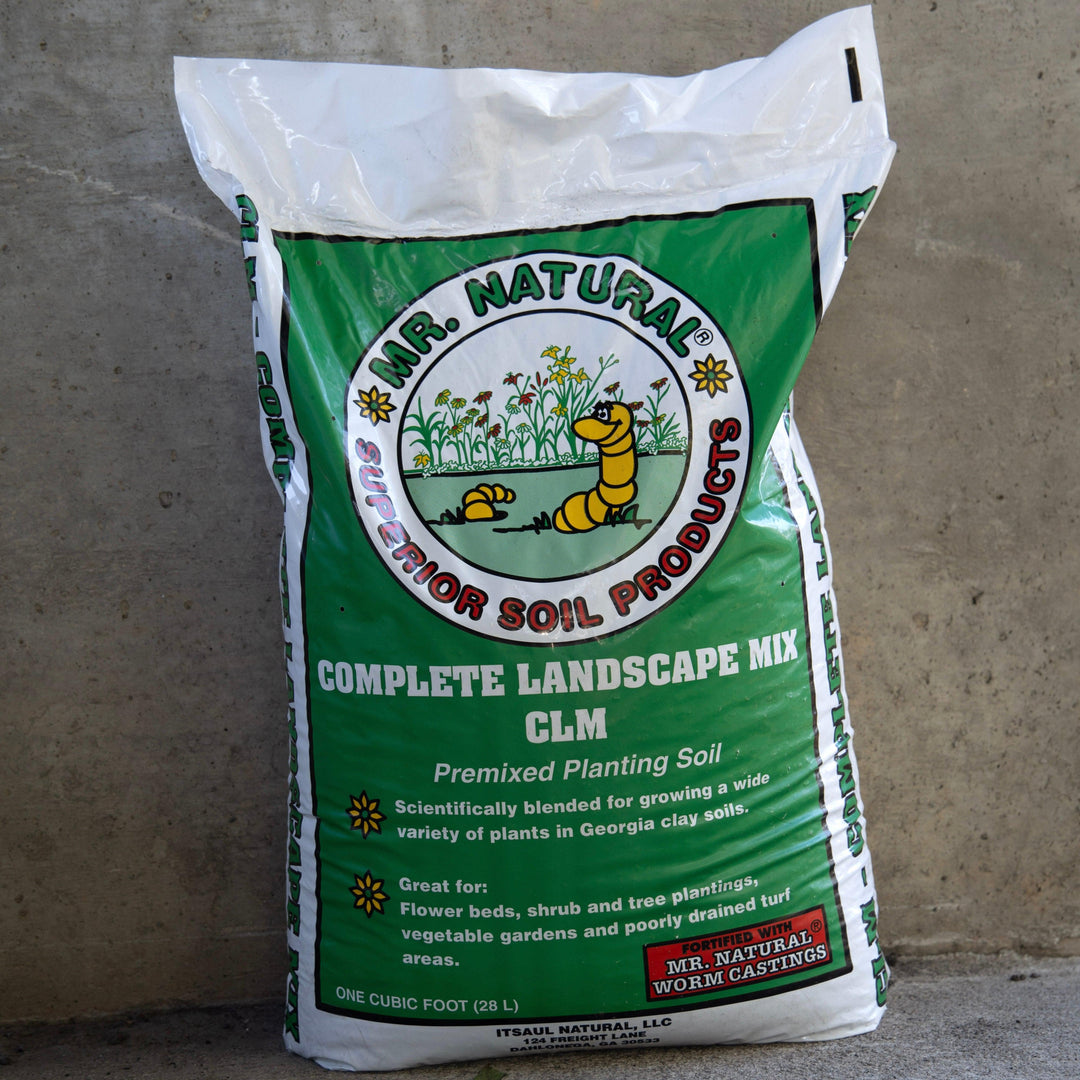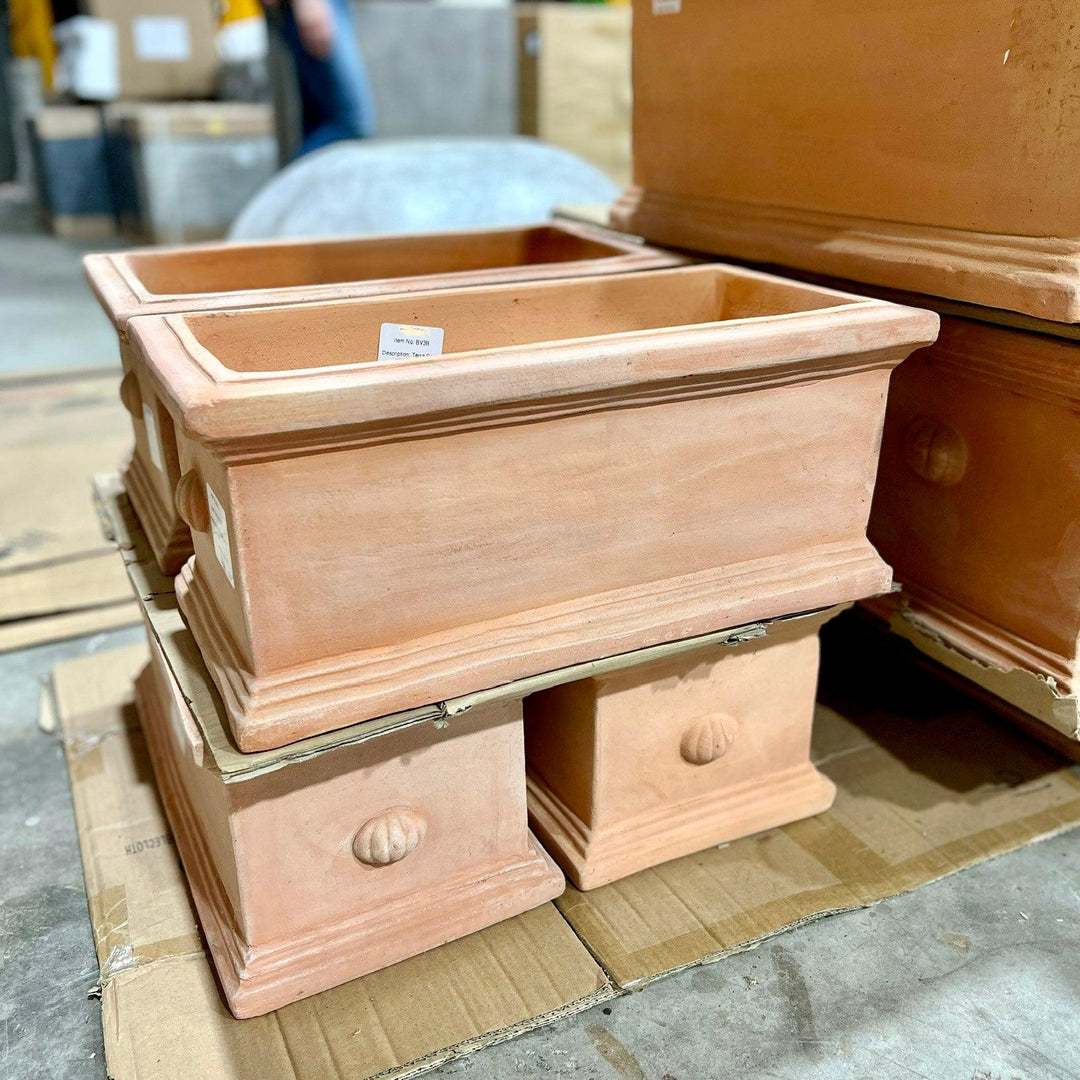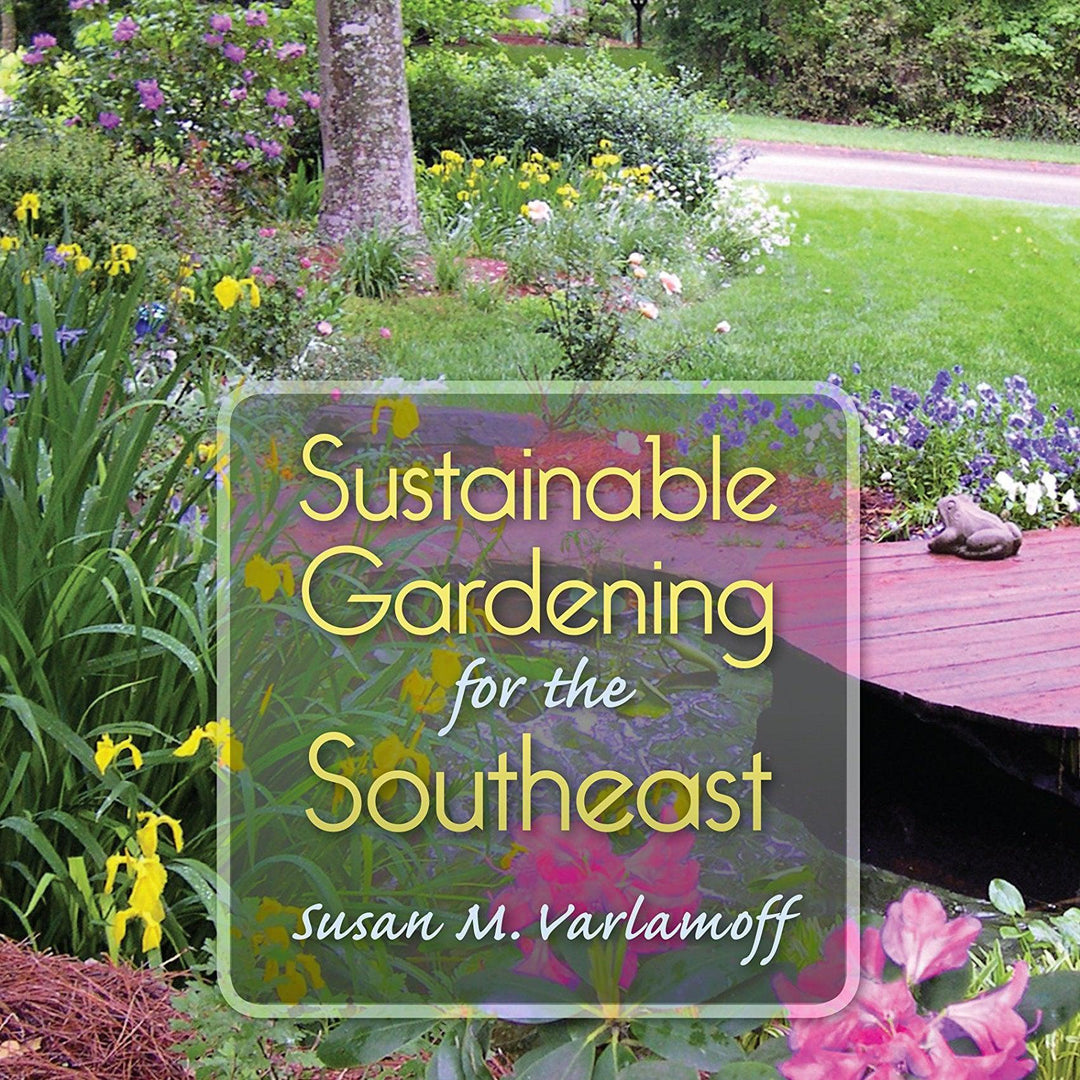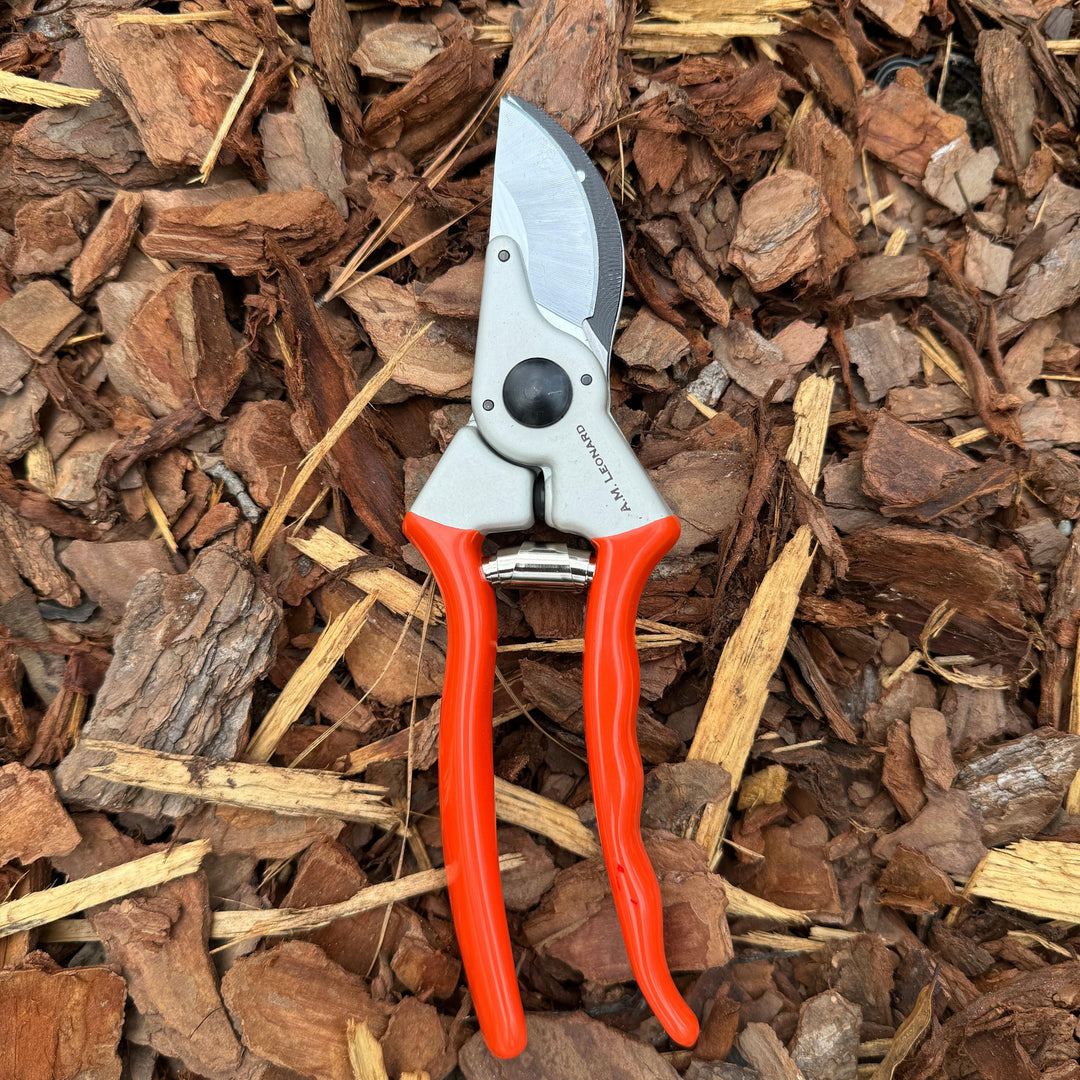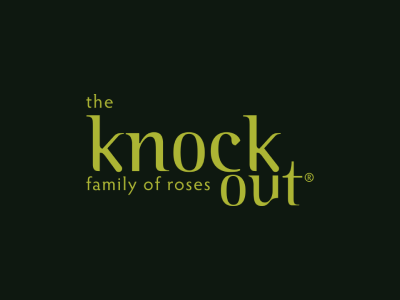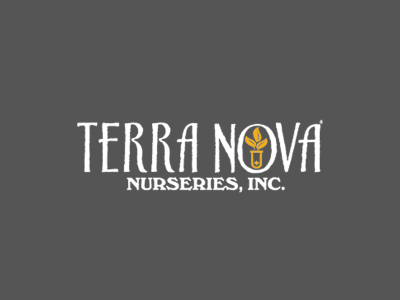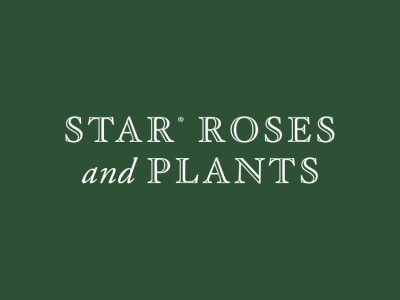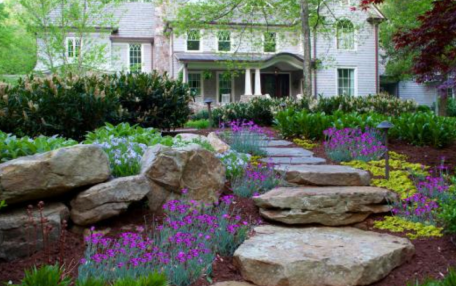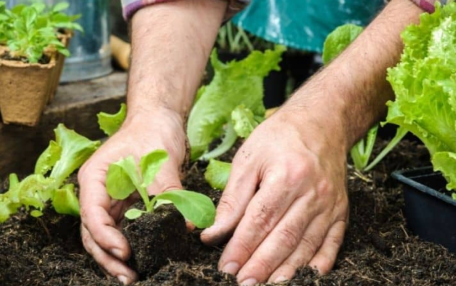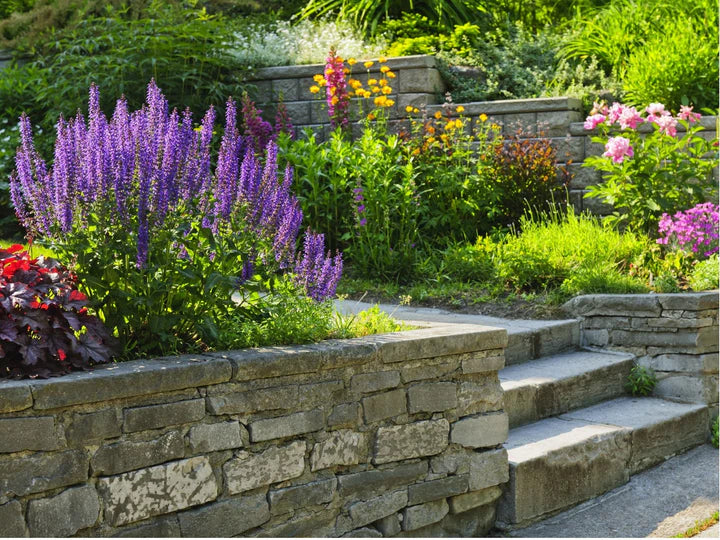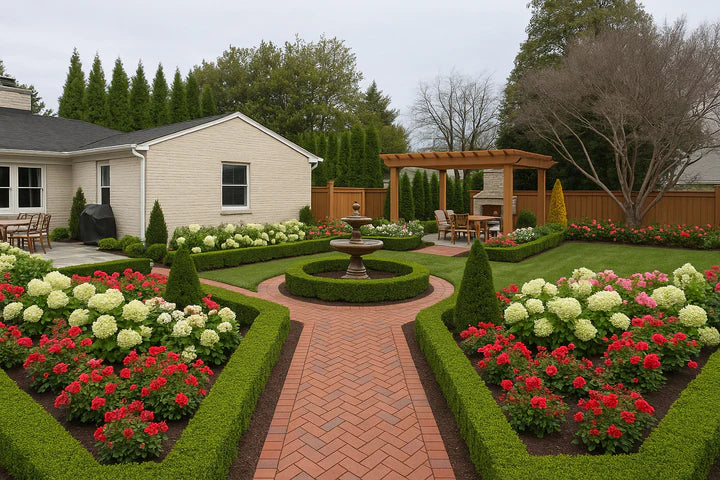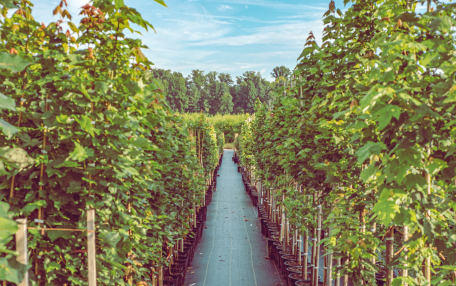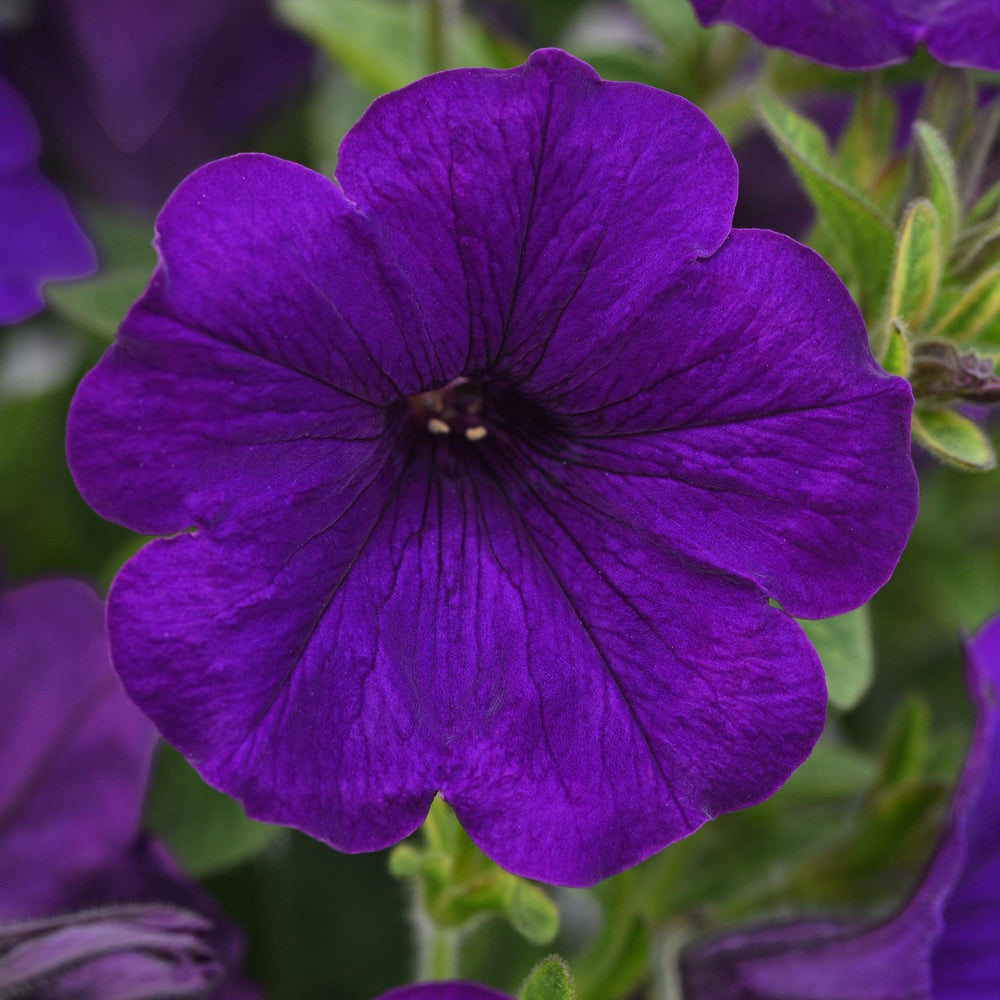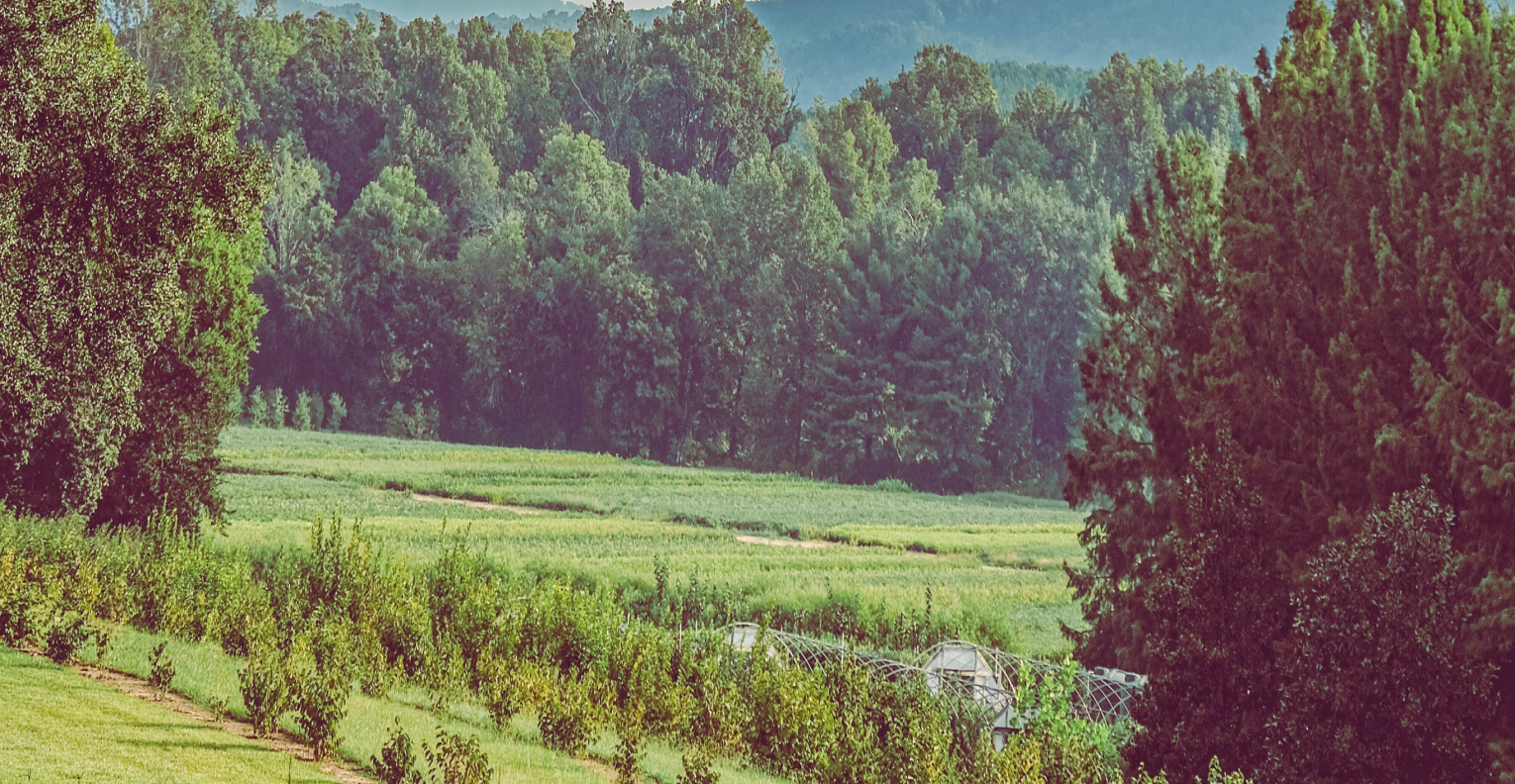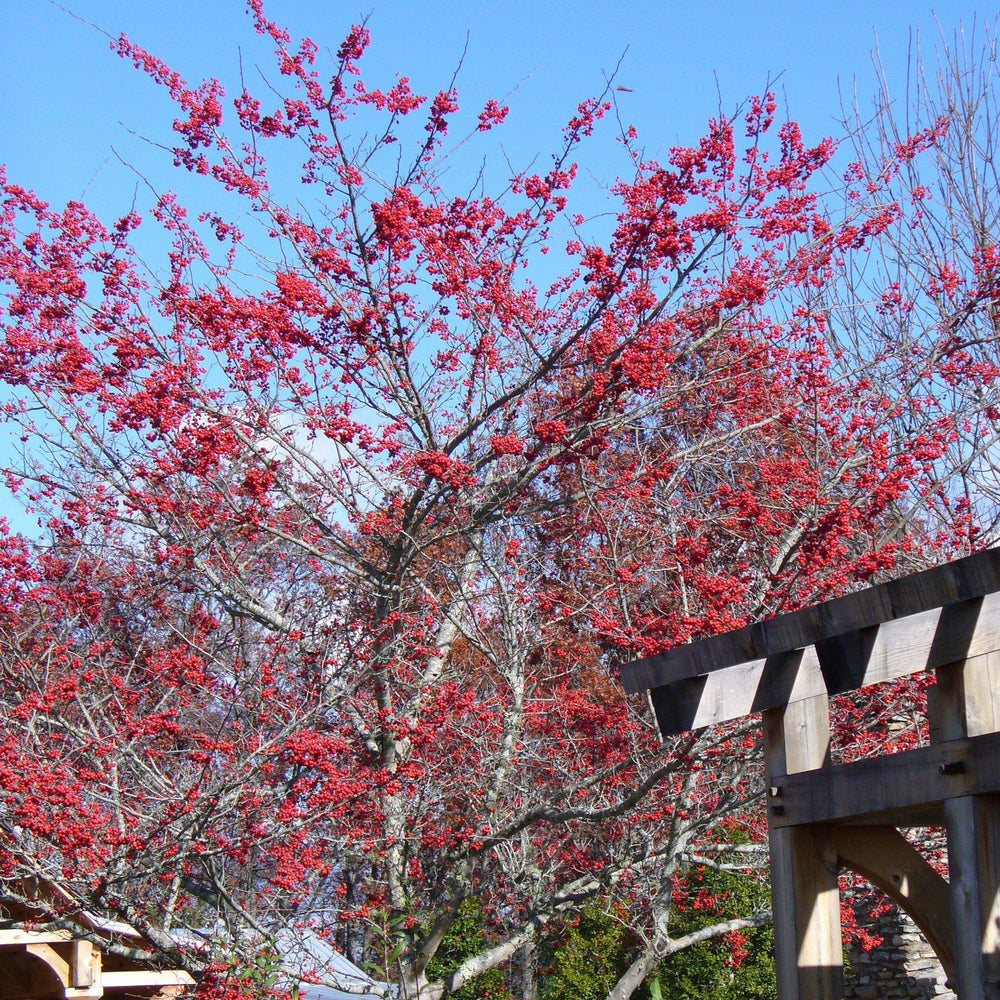One of the standout features of the Winter King Green Hawthorn is its vibrant green foliage, which remains on the tree throughout the summer and into the fall. The leaves turn a lovely orange-red color in the autumn, adding a splash of color to the landscape.
In addition to its foliage, the Winter King Green Hawthorn also produces clusters of white flowers in the spring. These flowers are followed by small red berries that persist into the winter, providing food for birds.
This hawthorn tree is relatively small, typically reaching a height of about 20-30 feet at maturity. It has a rounded shape and a dense canopy, making it a great choice for adding structure and visual interest to the garden.
When it comes to planting and care, the Winter King Green Hawthorn prefers a location with full sun to partial shade and well-drained soil. It is a hardy tree that can tolerate a wide range of soil conditions, including clay and alkaline soils.
|
Type: |
|
|
Origins: |
Southeast N. America; GA Native |
|
Height: |
25' - 35' |
|
Spread: |
25’ - 35' |
|
Spacing: |
30' |
|
USDA Hardiness Zone: |
4 - 7 |
|
Culture: |
|
|
Bloom Color: |
White |
|
Season of Interest: |
MAINTENANCE NEEDS: Low Maintenance. One of the most disease-resistant Hawthorns. Some susceptibility to rust and fireblight. Occasional problems include leaf spots, powdery mildew, cankers, and scab. Potential pests include borers, caterpillars, lacebugs, leafminers, and scale.
LANDSCAPE USES: Accents or Group Plantings, Borders, Wildlife Gardens, Urban Gardens, and Shade Tree.
COMPANION PLANTS: Fothergilla, Viburnum, Inkberry
IMAGES: Photo by David J. Stang, Crataegus viridis Winter King 4zz, CC BY-SA 4.0, (2) Scott Zona, Crataegus viridis 'Winter King', CC BY 2.0, (3) Scott Zona, Crataegus viridis 'Winter King' 1, CC BY 2.0, (4) Kristine Paulus, Crataegus viridis 'Winter King', New York Botanical Garden, CC BY 2.0, (5) Photo by David J. Stang, Crataegus viridis Winter King 8zz, CC BY-SA 4.0, (6) Photo by David J. Stang, Crataegus viridis Winter King 1zz, CC BY-SA 4.0
*As plants have ranges in appearance they may not appear as the images shown.


